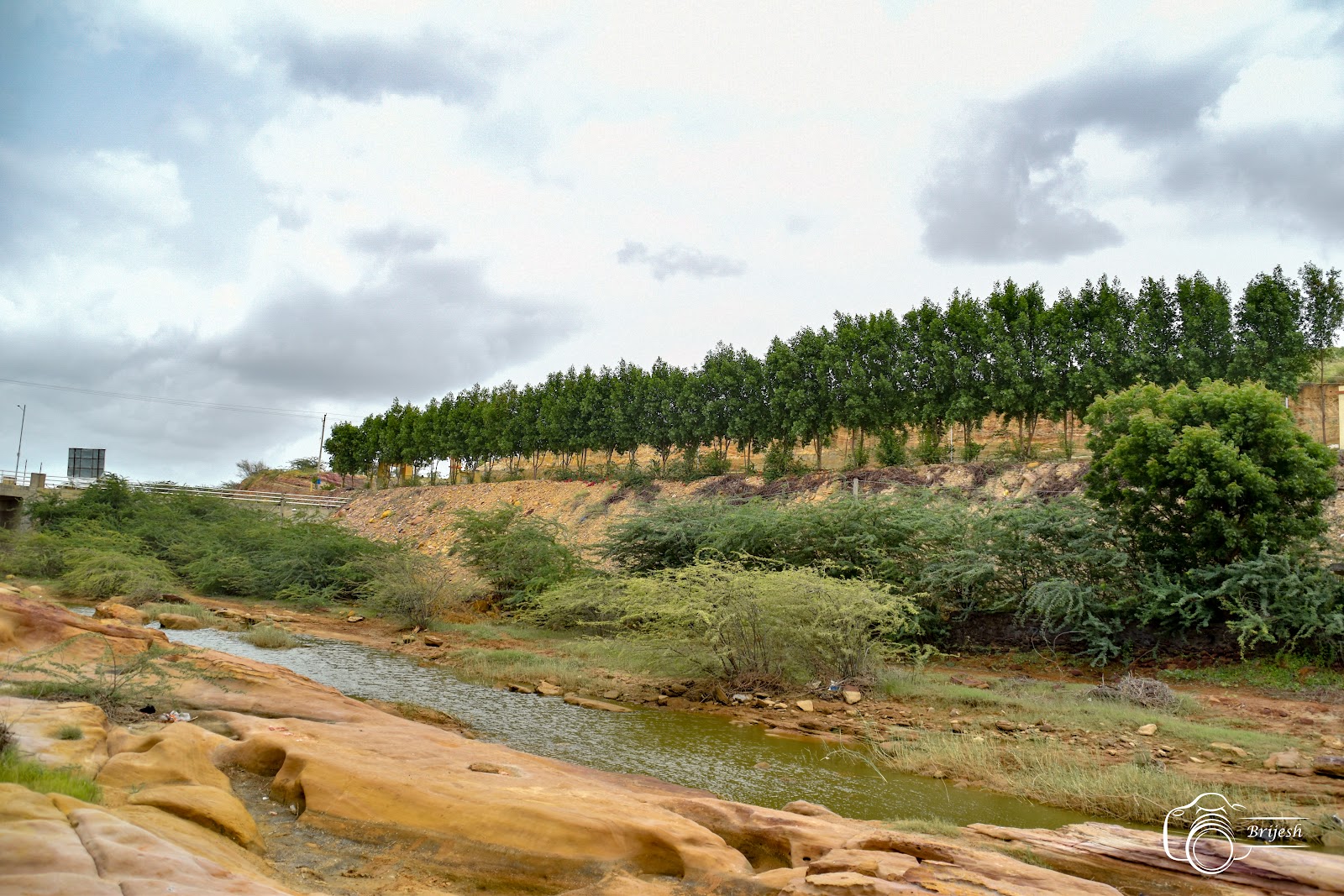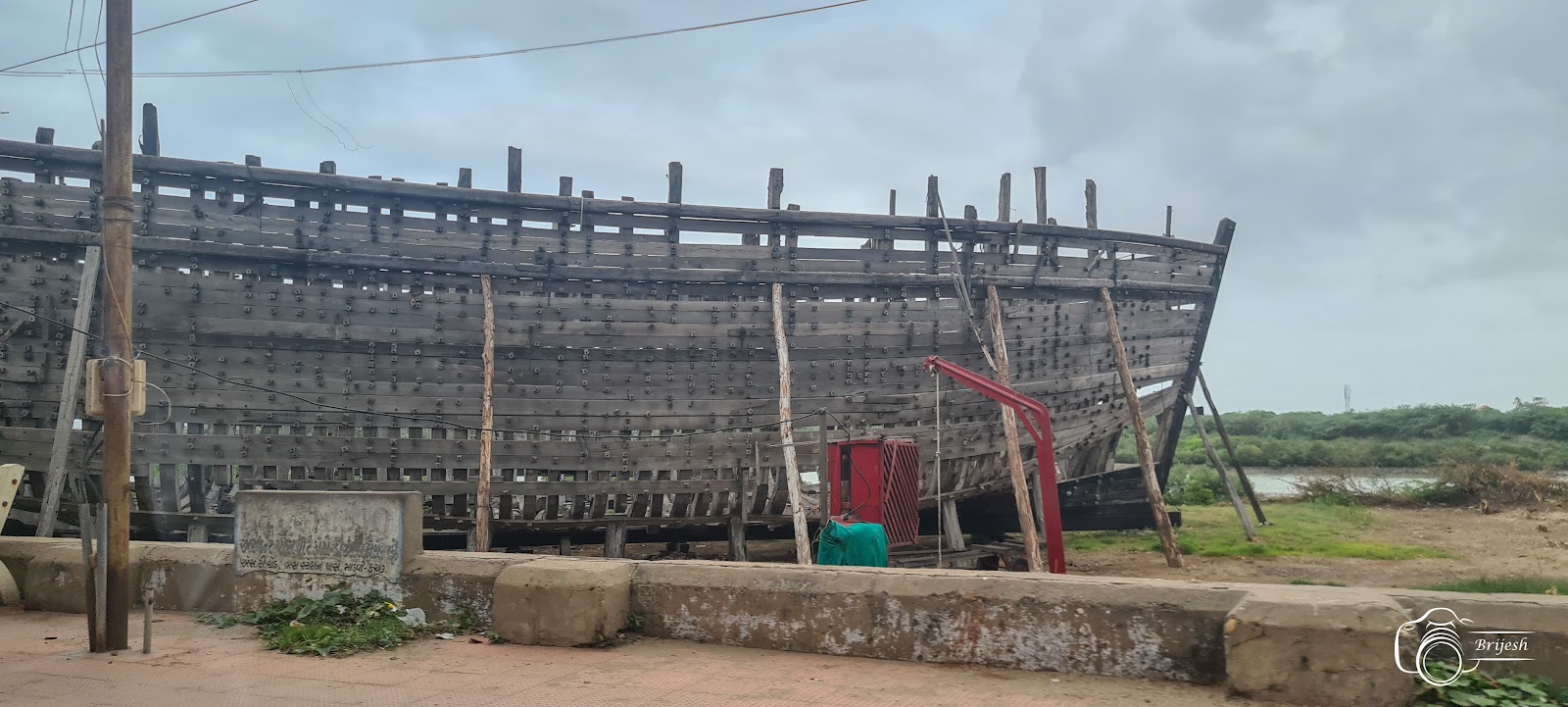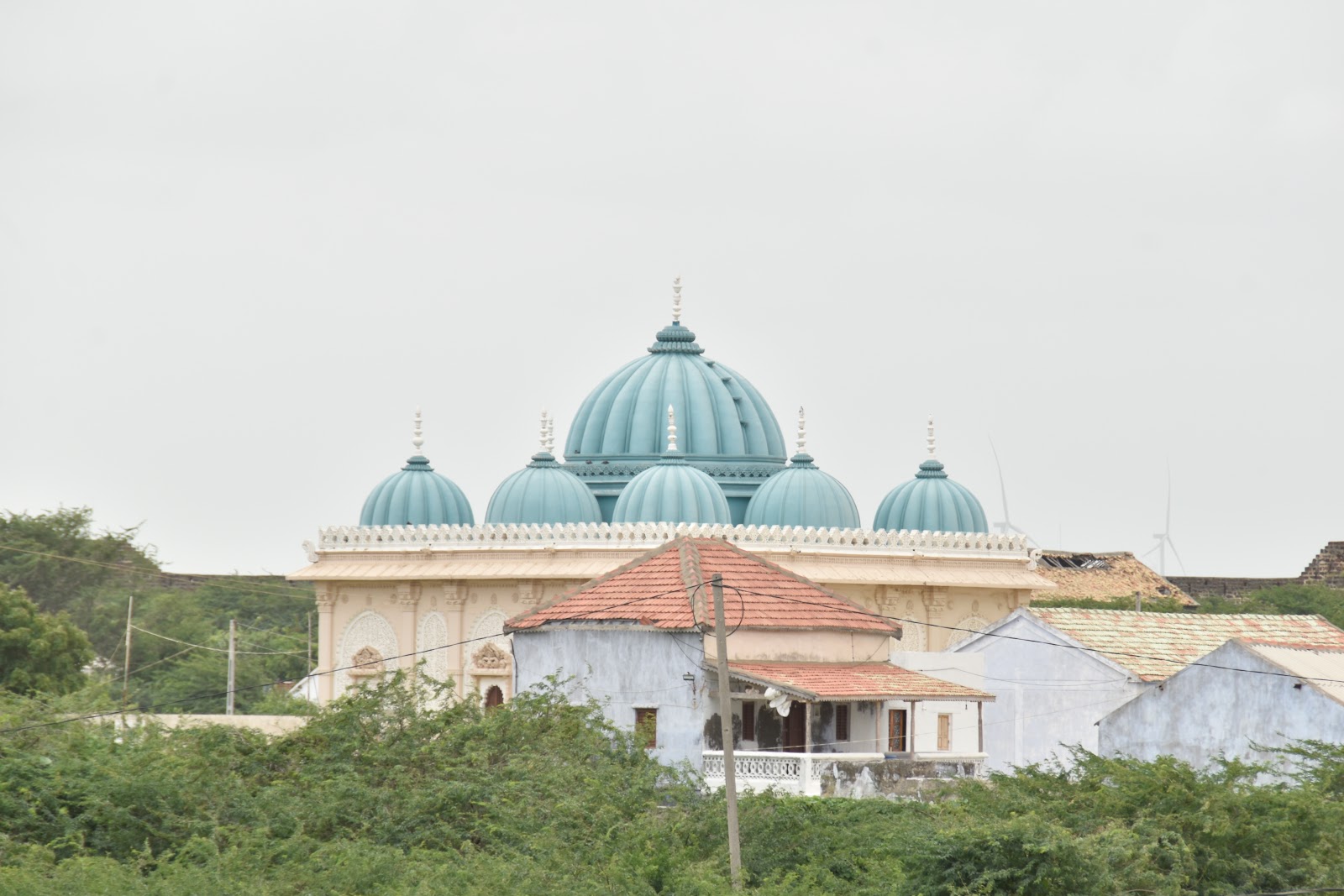When boys are planning a road trip, the first image that comes to mind is often from the movie "Dil Chahta Hai."
Ahh, that’s for the bachelors. When married men
plan a trip, it's more like "Biwi Kya Chahti Hai." 😉
If you're married, you've
probably been in the same boat as we three were when we were planning our epic
road trip to Kutch.
Day 1: From Mumbai to Samakhiali
We departed from Mumbai early in the morning, embarking on a drive of over 700 km, until we reached Samakhiali. Our overnight stay was at a Jain Temple, which, as it turned out, was a great choice for a comfortable rest stop. If you're planning to stay en route to Kutch, this place is ideal, although it seems like it's primarily for Jain pilgrims
The drive to Samakhiali offered mesmerizing views of salt pans.
From Samakhiali, we headed to Ghanithar at Nikhil's house.
By noon, we were on the
road to Bhuj, enjoying a mesmerizing three-hour drive led us to the Grand Canyon of Kutch, an underrated gem that
few locals seemed to know about.
Here are some picturesque photos from the Grand Canyon of Kutch:
Mandvi is renowned for its shipbuilding port, and we witnessed a ship in the making
The evening was spent shopping for Bandhani textiles (essential for gifting to the wife and daughter), enjoying local delicacies like Dabeli, and sipping on the local Goti-Soda (marble soda) – a popular beverage in many parts of India.
And a random click from a temple and a nearby lake in Mandvi.
Day 3: Narayan Sarovar, Koteshwar and Lakhpat
We set off at 6 AM from Mandvi to Narayan Sarovar, located at the extreme west of Kutch.
A tip you will enjoy if you are driving on this road - Open your car window, turn off the music, and immerse yourself in the
symphony of bird chirps.
Here are some photos of the birds we encountered, captured with a Nikon 200-500mm lens.
From Narayan Sarovar, we proceeded to Koteshwar Temple and were fortunate to spot a few flamingos.
The photos of the
Koteshwar Temple and its scenic surroundings.
Our next stop was Lakhpat, a place with a rich history. Lakhpat boasts one of India's oldest custom houses. We couldn't resist taking some random clicks in this picturesque location.
Lakhpat
holds a special place in my heart, not only for its historical significance but
also because it's closely associated with the Bhatia community to which I
belong. Upon my arrival in Lakhpat, I had the privilege of meeting an elderly
local, a man in his 80s, and I couldn't resist inquiring about the town's
history in our Kutchi local language. His immediate and warm response was truly
heartwarming; he said, "This is your place, and you should explore it to
its fullest." His words served as a profound reminder of the deep-rooted
connection that many of us feel with the places that hold historical, cultural,
and familial significance.
With
its rich history, once a thriving and prosperous port city, it has since been
reduced to an eerie ghost town, echoing the tales of its glorious past. The
history of Lakhpat is a fascinating journey through time, encompassing trade,
natural disasters, and a remarkable resurgence in tourism.
Lakhpat's
history dates back to the 15th century when it was established by Rao Khengarji
of the Jadeja Rajputs. The town was named "Lakhpat" due to its
position at the junction of two important trade routes - one leading to Sindh,
Pakistan, and the other to the Gulf of Kutch and the Arabian Sea. This
strategic location made Lakhpat a vital trading hub.
During
the 18th century, Lakhpat emerged as a thriving port city. It was a center for
maritime trade, with ships from distant lands, including the Middle East and
Africa, docking at its bustling harbor. The town's prosperity was primarily due
to its role in facilitating the trade of textiles, spices, and other valuable
commodities.
The
prosperity of Lakhpat met a tragic end in 1819 when a massive earthquake struck
the region, causing the Indus River to change course. The new course of the
river left Lakhpat high and dry, isolating the town and rendering it unusable
as a port. This natural disaster marked the beginning of Lakhpat's decline.
Here are some photos of us clicked at Lakhpat.
Day
4: The Road to Heaven
We
departed for Bhuj around noon to visit 'The Road to Heaven.' This place is highly recommended if you're planning a trip to Bhuj. The picturesque route,
captured in the photos below provided not only breathtaking photographs but also a long lasting memories. Since it was a weekday during the rainy season, the road was
relatively less crowded.
Day
5: A Spiritual End and Journey Home
We
began our final day with an early morning darshan at Mahudi Temple, enjoying
sukhdi (the temple prasad) and a nutritious breakfast to kickstart the day. By
8:30 AM, we departed from the temple and made our way back to Mumbai.
Our spiritual and fun-filled journey came to a close as we reached home. The memorable trip left us with countless cherished memories and the promise that there are more adventures yet to come. And yes, a married man's journey is never complete without some shopping, as humorously depicted in the final photo.
Certainly, the spiritual journey wouldn't be complete without paying homage to Gau Mata (the sacred cow). Here's a heartfelt photo capturing our reverence for this revered symbol of divinity, adding a touch of spirituality to our unforgettable road trip through Kutch.
This road trip to Kutch was a unique blend of adventure, history, spirituality, and the joy of exploration. It's a journey that will be remembered with a smile for years to come.
I hope you've enjoyed this journey through our road trip to Kutch,
filled with adventure, history, spirituality, and unforgettable moments. Thank
you for reading and may our experiences inspire your own adventures but on
approval from your better half 😉.
Hope it was fun reading and enjoying our photos.








































Comments
Post a Comment